Verona Travel Guide for First-Timers (What to Do, Where to Stay & What to Book)
If you’re planning your first trip to Italy and wondering whether Verona is worth visiting, this guide will walk you through exactly how to plan it — what to do, where to stay, how long you need, and what to book ahead so you don’t waste time or money once you arrive.
I live just 45 minutes from Verona, which means I’m in the city often — for coffee runs, sunset walks across Ponte Pietra, last-minute dinners, and slow afternoons wandering the historic center. And the more time I spend here, the more I realize how many first-time visitors miss Verona’s best experiences simply because they don’t know where to start.
This Verona travel guide for first-time visitors is designed to help you plan with confidence, avoid common mistakes, and enjoy the city at a relaxed pace — without feeling overwhelmed.
This Post Pairs Well With:
- An Honest Guide to the Verona Christmas Market
- Your Ultimate Guide to Verona: Perfect for first-timers
- Where to Stay in Verona by Neighborhood +Map
- The Best Verona Tours to Take For First-Timers
- How to get from Venice to Verona
- Is One Day Enough For Verona, Italy?
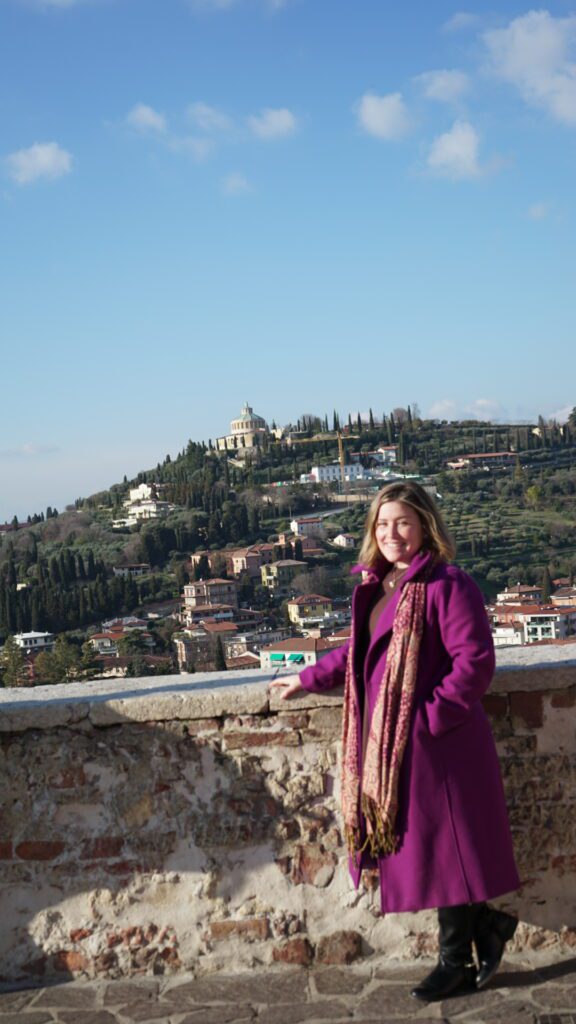
Planning Verona for the First Time? Read This First
If you only read one section, make it this one.
How many days in Verona? → 2 days is ideal, 3 if you want wine country
Do you need a car? → No, Verona is extremely walkable
Best area to stay: → Historic Center or near Ponte Pietra
What to book ahead: → Arena opera tickets, summer hotels, popular tours
Best day trips: → Valpolicella wine region, Soave, Lake Garda
Who Verona is best for: → First-time Italy travelers, solo travelers, food & wine lovers
On a budget? → Verona Card pays off after just 2 attractions
Quick Links
Stays
Hotel Milano & SPA
The Hostello
Nuova Opera Rooms
Eat and Drink
Osteria al Duca
Terrazza Arena Sky Lounge Bar & Restaurant
Impasti4.1
Osteria Ponte Pietra Ristorante
Re Teodorico
Café Carducci
Malga Veronetta
Things to Do
Verona Old Town Small-Group Walking Tour
Verona Food & Wine Walking Tour in Small-group
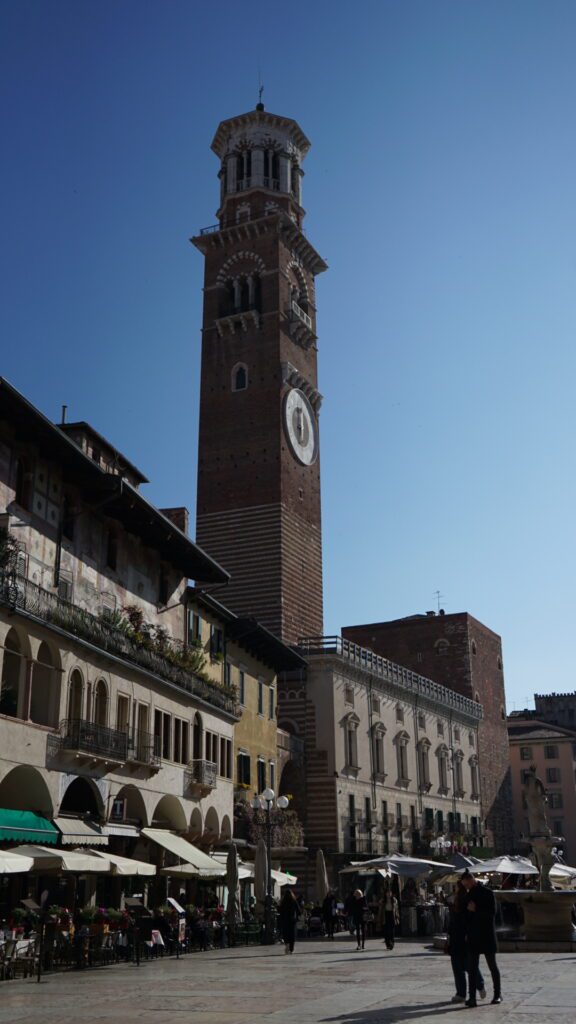
Is Verona Worth Visiting?
Absolutely — and in my opinion, it’s one of the most underrated cities in northern Italy.
Verona blends Roman ruins, medieval streets, Renaissance palaces, and a relaxed local rhythm that makes it easy to enjoy at your own pace. Yes, it’s famous for Romeo and Juliet, but the real Verona shows up in its food culture, neighborhood cafés, sunset viewpoints, and how effortlessly the city flows.
If Venice felt overwhelming or Rome felt exhausting, Verona will feel like a reset.
Verona serves as a great base for several daytrips in Northern Italy. You could be in the Dolomites in 2 hours, Lake Garda is 45 minutes away, Vicenza is 45 Minutes away, and Venice is an hour or so away.
If you plan on visiting Verona for a romantic weekend away, it’s a perfect place to feel that romance blossom.
Verona is mere minutes away from some wonderful pre-Dolomiti hikes as well. You’ll find that the Strada Delle 52 Gallerie, Strada Del Vino Soave, and Sentiero Grandi Alberi are close to Verona.
Where is Verona Located?
Verona is a city in northern Italy, situated in the Veneto region. It lies along the Adige River, about 30 kilometers (19 miles) east of Lake Garda and 120 kilometers (75 miles) west of Venice.
Verona is strategically positioned at the crossroads of several important trade and travel routes, making it a key historical and cultural hub.
Verona is well-connected by train and highways, making it an easy destination to reach from cities like Milan, Venice, Bologna, and Florence. Verona’s Valerio Catullo Airport (VRN) serves domestic and international flights.
It’s also very famous for its Roman and medieval history, most notably its well-preserved Arena di Verona, a Roman amphitheater that hosts summer opera performances, and its association with Shakespeare’s Romeo and Juliet.
It also happens to be the gateway to the Valpolicella wine region, known for its Amarone and Ripasso wines. Which, by the way, are some of my favorites. As I am typing this, I am drinking a Massaro Valpolicella Ripasso.
How Many Days Should You Spend in Verona?
You can see Verona in one day, but I don’t recommend it.
For first-timers:
- 2 full days lets you enjoy the highlights without rushing
- 3 days gives you time to add a wine tasting or a nearby day trip
Many travelers also use Verona as a base for Venice, the Dolomites, or Lake Garda — and it works beautifully for that.
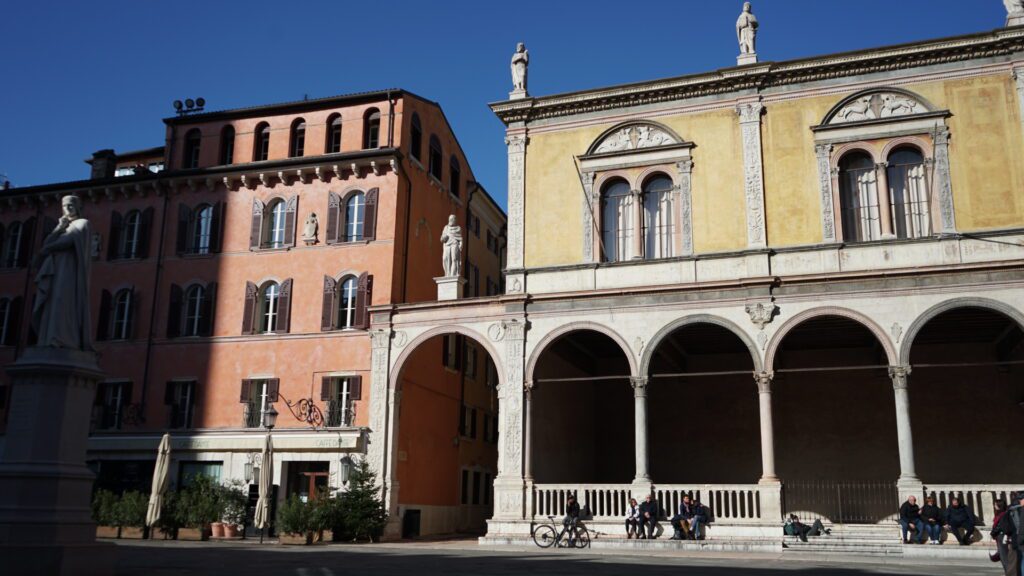
Best Times to Visit Verona
The best times to visit Verona are during spring (April to June) and early fall (September to October).
These months offer the perfect balance of pleasant weather—not too hot, not too cold—and fewer tourists, allowing you to explore the city’s stunning sites without the crowds.
Personally, I love the weather in the Veneto region from April to June and September to October.
Summer (July to August) can be hot, with temperatures often reaching the high 80s and 90s°F (30–35°C), but it’s also when opera season kicks off, making Verona a cultural hotspot.
If you’re after a more peaceful, romantic vibe, consider winter (November to February), when the city is quieter, and the Christmas markets add a cozy, festive charm. I will say the 2024 Verona Christmas Market was a dud of an experience due to the location change.
Keep in mind that spring and fall are ideal for enjoying outdoor cafes, wine tastings, and exploring the city’s historic districts in comfortable temperatures.
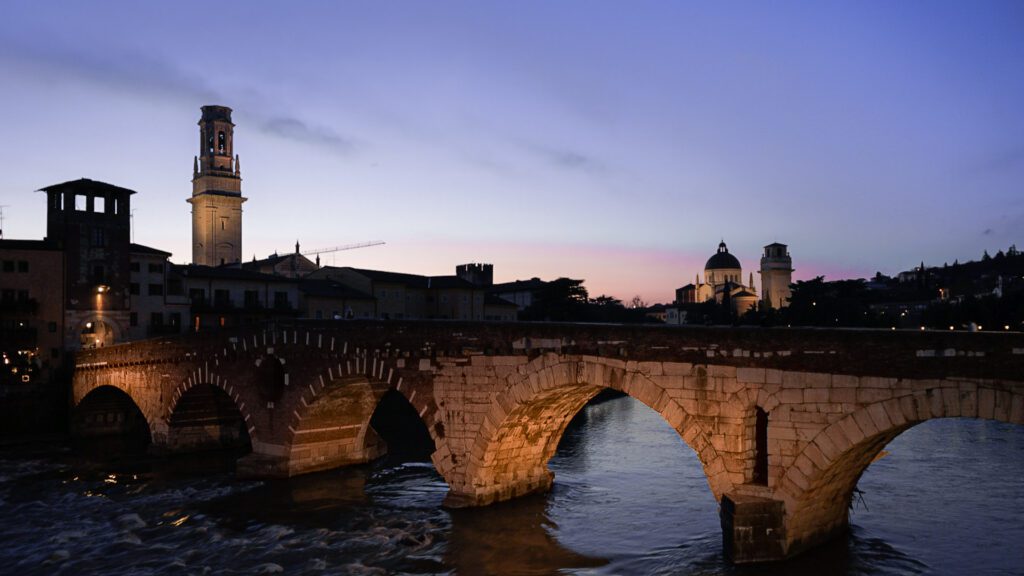
The Verona Card: Is It Worth It?
If this is your first time in Verona, the Verona Card is almost always worth it.
What the Verona Card Includes
Free entry to major attractions like the Arena, Castelvecchio, Torre dei Lamberti
Unlimited city bus travel
Access to churches and museums across the city
Cost
24 hours: approx. €30
48 hours: approx. €36
Who should buy it:
First-time visitors staying 2 days who plan to visit at least two major sights.
If you want to skip ticket lines and simplify planning, this card makes things easy.
Top Things to Do in Verona (What’s Actually Worth It)
There’s no single “right” way to experience Verona, and these highlights don’t need to be done in a specific order. If you prefer exploring at your own pace, you can easily see all of the sights below on a relaxed, self-guided walk through the historic center.
If you’d rather have context, stories, and local insight woven in, you can skip ahead to my Tours in Verona section or check out my dedicated guide to the best tours to take in Verona, where I share the ones I personally recommend for first-time visitors.
Either way, these are the experiences in Verona that are genuinely worth your time.

1. Juliet’s Balcony: A Must-See or a Skip?
Ah, Juliet’s Balcony—one of Verona’s most visited spots, all thanks to Shakespeare’s Romeo and Juliet. Tourists flock here to snap photos, scribble love notes on the walls, and yes, even rub the statue of Juliet’s breast for luck in love (a tradition I personally find a little… questionable).
Some locals and guides will tell you the house and balcony aren’t worth the ticket price, as the whole thing is more of a modern tourist attraction than an actual historical site. That said, if you’re a Shakespeare, Letters to Juliet fan or want to see what all the fuss is about, it’s your trip—you decide what’s worth your time!
2. Piazza delle Erbe: Verona’s Vibrant Heart
If there’s one place that truly captures the energy of Verona, it’s Piazza delle Erbe. Surrounded by colorful historic buildings, charming cafes, and bustling market stalls, this lively square has been the city’s gathering place since Roman times.
Grab a spritz, people-watch from a café terrace, or browse the stalls for souvenirs.
Whether you’re here in the morning when vendors are setting up or in the evening when the piazza is glowing under soft lights, it’s always full of life.
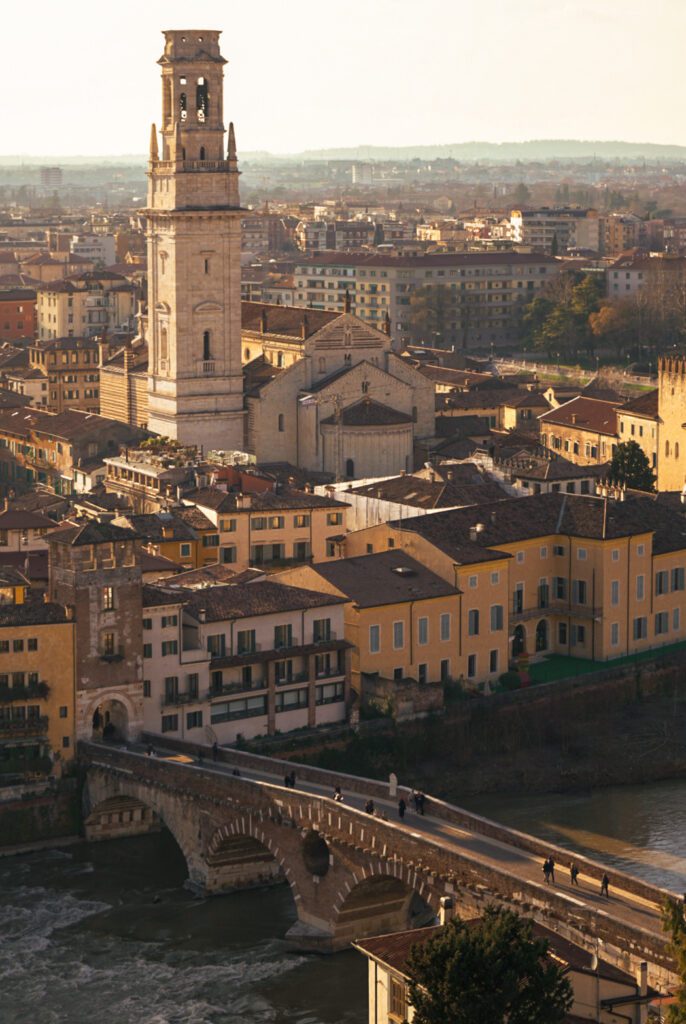
3. Taking the Funicolare di Castel San Pietro to Castel San Pietro
If you want the best views in Verona without committing to a steep uphill walk, take the Funicolare di Castel San Pietro. This short funicular ride connects the historic center near Ponte Pietra to the hilltop viewpoint of Castel San Pietro in just a couple of minutes, making it an easy option for first-time visitors, solo travelers, and anyone short on time. At the top, you’re rewarded with panoramic views over Verona’s terracotta rooftops, the winding Adige River, and the surrounding hills — one of the most photographed spots in the city, especially at sunset. Tickets are inexpensive and can be purchased on-site, and the funicular is also included with some city passes, making it a simple, stress-free way to experience one of Verona’s best viewpoints without the climb.
4. Ponte Pietra: A Timeless Sunset Spot
One of Verona’s oldest and most picturesque bridges, Ponte Pietra has been standing here since 100 BC—yes, you read that right! It was once part of the Via Postumia, an important Roman road connecting Genoa to Aquileia. Today, it’s one of the best spots in the city to catch the sunset, with a view that feels straight out of a painting. Whether you’re strolling across in the golden hour or simply taking in the historic charm, this bridge is pure Verona magic.
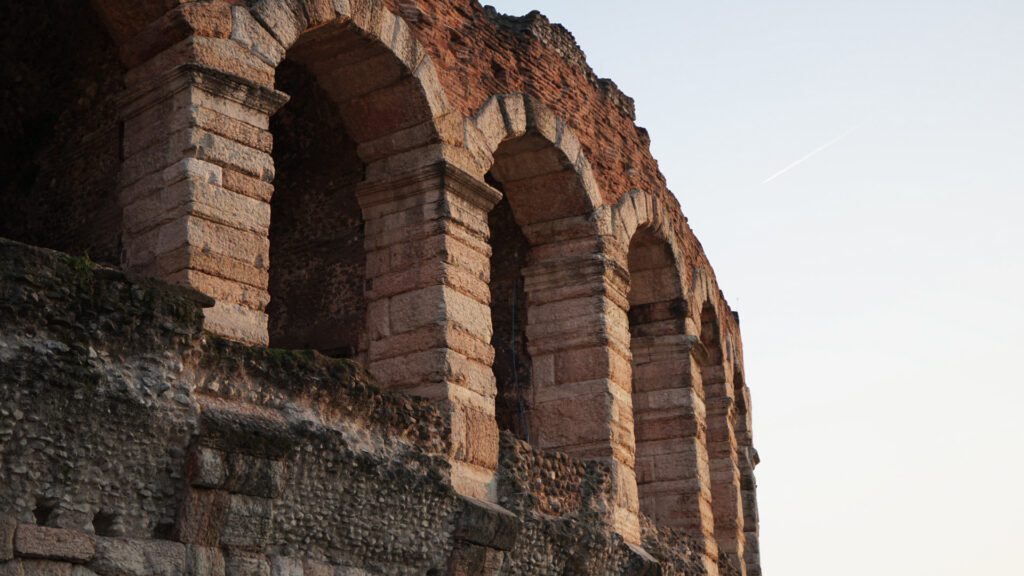
5. Arena di Verona: Where History Meets Opera Magic
The Arena di Verona is a 2,000-year-old Roman amphitheater that continues to host incredible concerts and operas today. Its ancient design creates perfect acoustics, making performances here absolutely unforgettable. If you’re visiting during opera season, you’re in for a real treat—imagine sitting under the stars, surrounded by history, while world-class singers bring the stage to life. It’s one of the most magical experiences in Verona. Want to catch a show? Check the official schedule to see what’s on during your visit!
During the Milano–Cortina 2026 Winter Olympics, the Arena di Verona will take on a new role as the Verona Olympic Arena, hosting both the Olympic Closing Ceremony and the Paralympic Opening Ceremony—a rare honor that places Verona at the heart of the Games.
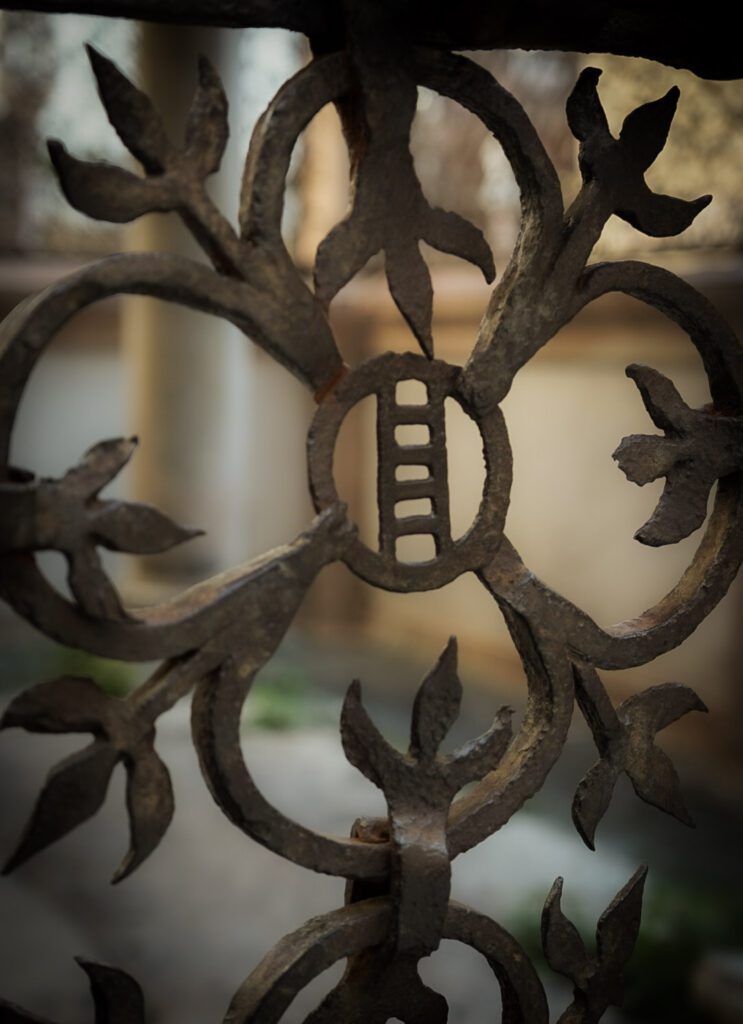
6. Scaliger Tombs
The Scaliger Tombs in Verona are among the finest examples of Gothic funerary art in Italy.
Built to showcase the power and prestige of the ruling Scaliger family, these elaborate monuments stand next to the small Romanesque Church of Santa Maria Antica, which served as their private chapel.
I think that one of the most striking features of the tombs is the presence of equestrian statues, symbolizing the military strength of the buried lords. You kind of almost get a sense for how powerful this family was known to be. The sarcophagi are uniquely elevated above ground level, emphasizing the ruler’s importance even in death.
Did you know that the most famous tomb belongs to Cangrande I della Scala, a revered leader who provided refuge to Dante Alighieri during his exile from Florence?
Dante later praised him in the Divine Comedy, solidifying his legacy ( I thank the many tours I have taken in Verona for this bit of info!)
Lastly, the tombs are enclosed by intricate iron fencing adorned with a ladder motif, a reference to the Scala family name, which means “ladder” in Italian. Visitors can also spot carvings of loyal canines, a nod to Cangrande’s name, which translates to “Big Dog.”
So keep an eye out for these details!
7. Porta Borsari: Verona’s Grand Roman Welcome
Step through Porta Borsari, and you’re walking in the footsteps of Roman soldiers, merchants, and travelers from nearly 2,000 years ago! This ancient gateway, dating back to the 1st century AD, once marked the grand entrance to Verona, standing tall as part of the city’s defensive walls.
But it wasn’t always called Porta Borsari—back in Roman times, it was known as Porta Iovia, named after a nearby temple dedicated to Jupiter. The current name comes from the medieval toll collectors (borsari) who stood here, making sure merchants paid up before entering the city.
Built from dazzling white limestone, the gate boasts two massive arches, framed by elegant Corinthian columns, with a row of ancient windows above. Look closely, and you’ll spot Latin inscriptions carved into the stone—a message straight from the Roman Empire.
8. Roman Ruins under United Colors of Benetton
No, I am not trying to tell you to go shopping here; you can if you want, but if you pop into the store, head down to the bottom floor and check out the Roman ruins there!
Check out my Instagram reel about this cool encounter!
9. Porta Leoni: A Glimpse into Ancient Verona
Walking past Porta Leoni, you might not realize at first that you’re looking at a piece of Verona’s Roman past—but take a closer look! These 2,000-year-old ruins are the remains of a once-mighty gate that guarded the city’s southeastern entrance.
Unlike Porta Borsari, which still stands tall, Porta Leoni is more of a timeworn treasure, with its half-preserved archway and exposed foundations giving visitors a peek at ancient construction techniques. Fun fact: Beneath the street level, you can actually see the original Roman road!
Today, this historic spot is seamlessly woven into Verona’s modern cityscape, making it a fascinating stop for history lovers and casual explorers alike.
10. Verona Vecchia: A Stroll Through Time
If you want to experience the soul of Verona, wander through Verona Vecchia, the city’s old town. Here, every cobblestone street, hidden alleyway, and elegant piazza tells a story.
This historic district is home to some of Verona’s most famous landmarks, from the grand Piazza delle Erbe, once a Roman forum, to the stunning Scaliger Tombs and the iconic Juliet’s Balcony. But beyond the big sights, Verona Vecchia is a place to get lost in the charm—grab a cappuccino at a centuries-old café, browse local boutiques, or simply soak in the medieval atmosphere. Whether you’re a history buff, a romantic at heart, or just looking for a postcard-perfect stroll, Verona Vecchia delivers a magical experience.
11. Giardino Giusti: Verona’s Most Beautiful Garden Escape
If you’re looking for a quiet break from Verona’s historic streets, Giardino Giusti is the garden worth visiting. This beautifully preserved 16th-century Renaissance garden sits just east of the historic center and offers a peaceful contrast to the busier piazzas and monuments nearby. Visitors can wander through manicured hedges, cypress-lined paths, and shaded terraces, gradually making their way uphill to panoramic viewpoints overlooking Verona’s rooftops and the Adige River.
Giardino Giusti is typically open daily, with seasonal hours that usually run from late morning into the early evening, making it easy to pair with sightseeing before or after lunch. For the best experience, visit in the morning or late afternoon, when the garden is quieter, and the light is soft. It’s an ideal stop for travelers who enjoy slow travel, photography, or simply want a moment of calm woven into their Verona itinerary.
12. Botteghe Storiche Di Verona
Another fascinating walk you can do is a self-guided tour of the Botteghe Storiche Di Verona. These bronze plaques signify historical businesses and buildings throughout the city. In my two-day guide to Verona, I detail some of the local businesses you can visit and one of my favorite cafes. Check out this Instagram post where I talk about the Botteghe Storiche Di Verona!
Is Verona Safe for Solo Travelers?
I hate answering this question because I believe that how we view being safe is very personal.
However, yes, Verona is generally very safe for travelers.
The crime rate is low, and violent crime is rare. As with any tourist destination, pickpocketing can be an issue in crowded areas, so it’s best to stay aware of your belongings. Solo travelers like me, often feel comfortable walking around even in the evening.
Tours in Verona: Explore with a Local
Want to dive deeper into Verona’s history, food, and culture? A guided tour is one of my favorite ways to experience the heart of a city—especially in a place as rich in stories as Verona.
Whether you’re craving a food tour with Amarone wine, a walk through Roman ruins and Juliet’s balcony, or an adventure that takes you up to panoramic viewpoints by cable car, there’s something for every kind of traveler here. And honestly? Some of the best stories I’ve ever heard in Italy came from local guides on these walks.
I actually put together a whole post on the 5 best Verona tours I personally recommend to friends and family—these aren’t just random options from a booking site. They’re tried, tested, and worth your time.
Verona Small Group Walking Tour with Cable Car and Arena Tickets.
Whenever I arrive in a new city, I love taking a walking tour first thing. Why? Because it gives me the lay of the land, helps me get my bearings, and lets me figure out exactly where I want to spend more time later. And this Verona Arena Small Group Walking Tour & Cable Car Ride was a chef’s kiss perfect for that.
The tour winds through Verona’s medieval streets, past Juliet’s famous balcony (because yes, Shakespeare’s Verona is very much alive here), and into the lively Piazza delle Erbe, where I immediately took mental notes on which cafes to come back to later.
Then, the best part—the cable car ride up to Saint Peter Hill. The views? Unreal. From the top, you get this stunning panoramic look at Verona, the Adige River snaking through the city, and the rolling hills beyond. This was where I fully fell in love with Verona. If you’re a sucker for a great view (guilty), this is the moment that makes the whole tour worth it.
That’s why I always recommend tours like this—they help you make the most of your trip without wasting time figuring things out on your own. Plus, a great guide means you’re getting insider tips you’d never find in a guidebook.
So if you’re heading to Verona and want to see the highlights, get oriented, and soak up its magic without the stress of planning, this is the perfect tour to book. Trust me, it’s worth it.
👉 Book it now and thank me later!⬇️
Pro-Tip
The views from the Castel are absolutely where you’ll want to return for an aperitivo when the sun starts to set!
How to Get to Verona
Verona is easily accessible by train, car, and air, making it a convenient destination whether you’re coming from within Italy or abroad.
By Air
The nearest airport to Verona is Verona Villafranca Airport (VRN), located about 12 km (7.5 miles) from the city center. It offers both domestic and international flights. You can easily get to the city center from the Airport!
- From the airport to the city center:
🚖 Taxi: ~15-minute ride (€25–30).
🚌 Aerobus: Runs every 20 minutes to Verona Porta Nuova train station (€6). - Have you heard of Welcome Pickups? You can have someone pick you up and take you to your hotel. I have used this service before and I loved the ease of it!
By Train
Verona’s Porta Nuova Train Station is a major rail hub with frequent high-speed connections to major Italian and European cities.
Porta Nuova train station is outside of the historical city center and about a 12-15 minute walk from the city center of Verona.
| Departure City | Train Duration | Notes |
|---|---|---|
| Rome → Verona | ~3h 15m | Frecciarossa high-speed train 🚄 |
| Florence → Verona | ~1h 30m | Direct high-speed train |
| Milan → Verona | ~1h 15m | Frequent departures |
| Venice → Verona | ~1 hour | Regional & high-speed options |
| Innsbruck → Verona | ~3h 30m | Beautiful scenic route through the Alps! |
| Munich → Verona | ~5h 30m | Direct EuroCity train available |
There is no subway system, nor metro and it’s incredibly walkable.
By Car
Driving to Verona? Here’s an estimate of travel times:
- Rome → Verona: ~5 hours
- Florence → Verona: ~3 hours
- Milan → Verona: ~2 hours
- Venice → Verona: ~1.5 hours
- Innsbruck → Verona: ~3 hours
- Munich → Verona: ~5 hours
Looking for a rental car? Rentalcars.com is my preferred method of renting a car!
🚨 ZTL Warning: The historic center of Verona has a Limited Traffic Zone (ZTL). If you’re driving, park outside the ZTL and walk or use public transport to explore the city.
Where to Stay in Verona: Which Neighborhood in Verona is best for you?
Verona offers diverse neighborhoods to match every travel style. First-timers will love staying in Centro Storico, the historic heart near Juliet’s Balcony and the Arena. Borgo Trento charms with river views and peaceful streets, while Veronetta brings boho energy, buzzing cafés, and student flair.
Restaurants to try in Verona
Looking for places to go for an authentic meal while in Verona? Don’t worry I got you! These are all outside the busy Piazza Erbe, and they all feature local dishes like Polenta, Risotto, and Valpolicella
- Locandina Cappello – I felt like the service here was excellent and the waiter directed my friend and I to some local dishes on the menu. We had the best cheese, fried polenta, and local sausage platter as an appetizer. Everything was from local producers and the main menu items were spectacular. Mine had tons of cheese and it was perfect. Do I remember the names of the items we ate? no, because I am a terrible blogger.
- Malga Veronetta– I loved this restaurant as it was local comfort food. The appetizer was polenta, cheese, and mushrooms. It’s like stepping into a mountain hut in the Dolomites and eating food only grandma could make.
- Cafe Carducci– This was such a great breakfast option; they have a wonderful breakfast menu that would satisfy any traveler’s appetite in the morning. The omelette was incredible here, and the staff were friendly and beyond hospitable.
- Osteria Ponte Pietra Ristorante– Recently renovated and adorned with exquisite 19th-century furnishings, this Michelin-starred restaurant exudes elegance and sophistication. Each room offers a stunning view of the Adige River, immersing guests in one of Verona’s most romantic and enchanting settings.
What are the must-try foods in Verona?
You can’t leave without trying:
- Risotto all’Amarone – A creamy risotto made with Valpolicella’s famous Amarone wine.
- Bigoli pasta – A thick, hand-rolled pasta often served with duck ragù.
- Pandoro – A delicious sweet bread (especially during Christmas).
- Horse meat stew (Pastissada de Caval) – A traditional dish, but only for the adventurous! There are lots of places in Italy where you will find horse on the menu. Be mindful of this.
Major Events in Verona
Verona is alive with events year-round, but the most iconic include the world-famous Arena di Verona Opera Festival (June–August), where you can enjoy stunning opera performances in the ancient Roman Arena under the stars.
If you’re a Shakespeare lover, the Shakespeare Festival in the summer brings Romeo and Juliet to life with outdoor performances and special events.
Verona’s Vinitaly Wine Festival celebrates Italian wine, attracting connoisseurs from around the world to taste the best of the Valpolicella region and beyond.
And during Christmas, the Mercatini di Natale (Christmas Markets) fill Piazza delle Erbe and Piazza dei Signori with holiday cheer, offering handmade gifts, local treats, and festive performances. All though don’t hold me to the locations because they changed it up on us last year and it wasn’t quite the same!
No matter when you visit, Verona’s rich cultural calendar ensures there’s always something to experience!
Budget Breakdown: How Much Does It Cost to Visit Verona?
- Accommodation: €60-€300 per night (budget to luxury hotels)
- Food: €5-€10 for street food, €15-€30 for a sit-down meal
- Attractions: €5-€15 per site; Verona Card (€20-€25) includes major sites
- Transport: Public buses cost ~€1.50; walking is the best way to explore
FAQ about Visiting Verona
1. How many days do I need in Verona?
You can see the highlights in a day, but I recommend two to three days to really soak in the charm, enjoy a wine tasting, and explore at a relaxed pace. I love a relaxed pace
2. What’s the best time of year to visit Verona?
Spring (April–June) and early fall (September–October) are ideal for pleasant weather and fewer crowds. Summer brings opera season, but it can be very hot and busy. Winter is great for Christmas markets and a quieter, more romantic atmosphere.
3. How do I get around Verona?
Verona is super walkable, and most attractions are close together. For longer distances, you can use local buses, rent a bike, or take a taxi. If you’re planning day trips to Valpolicella wine country or Lake Garda, consider renting a car.
4. Do I need to book tickets for attractions in advance?
For major sites like the Arena di Verona (especially during opera season) and Juliet’s House, it’s a good idea to book ahead. For smaller museums and churches, you can usually buy tickets on arrival.
5. Is Juliet’s Balcony worth visiting?
It depends! If you’re a Shakespeare fan, you might love it, but be aware it’s a modern tourist attraction rather than a true historical site. The crowds can be intense, and the whole “rubbing Juliet’s statue for luck” tradition is a bit… odd. But hey, it’s your trip—decide for yourself!
6. What are the must-try foods in Verona?
You can’t leave without trying:
- Risotto all’Amarone – A creamy risotto made with Valpolicella’s famous Amarone wine.
- Bigoli pasta – A thick, hand-rolled pasta often served with duck ragù.
- Pandoro – A delicious sweet bread (especially during Christmas).
- Horse meat stew (Pastissada de Caval) – A traditional dish, but only for the adventurous!
7. Where’s the best place to see the sunset in Verona?
For the most stunning views, head to:
- Ponte Pietra – A historic Roman bridge with dreamy golden hour light.
- Castel San Pietro – Hike up for panoramic views of Verona’s rooftops and the Adige River.
8. What’s the best way to experience Verona’s wine culture?
Take a trip to the Valpolicella region for wine tasting! I personally love Tenuta Sant’Antonio—their Scaia label is one of my favorites. Remember that most wineries require reservations, so book in advance!
9. Are there good day trips from Verona?
Absolutely! Some great options are:
- Lake Garda – Visit Sirmione, Bardolino, or Riva del Garda for lakeside beauty.
- Valpolicella Wine Country – Perfect for Amarone wine lovers.
- Venice – Just an hour by train if you want a quick Venetian escape.
- Soave – A charming medieval town famous for its white wine.
10. What’s a unique thing to do in Verona that most tourists miss?
- Visit the Roman Theater and its archaeological museum—less crowded than the Arena, but just as fascinating!
- Walk along the Adige River for hidden gems and quieter moments away from the crowds.
- Check out Piazza dei Signori—it’s less touristy than Piazza delle Erbe but packed with history.
All My Verona Related Posts ⬇️
Conclusion
I honestly hope this helps you discover Verona. It’s a city that I absolutely love, and the sunsets are something different. It’s a gateway to the Dolomites, Garda, and two beautiful wine regions.
If you need more convincing, head on over to my other blog post about the best places to stay in Verona and my itineraries.
Have any questions? Get in touch below or follow me on Pinterest or Instagram for more inspiration.
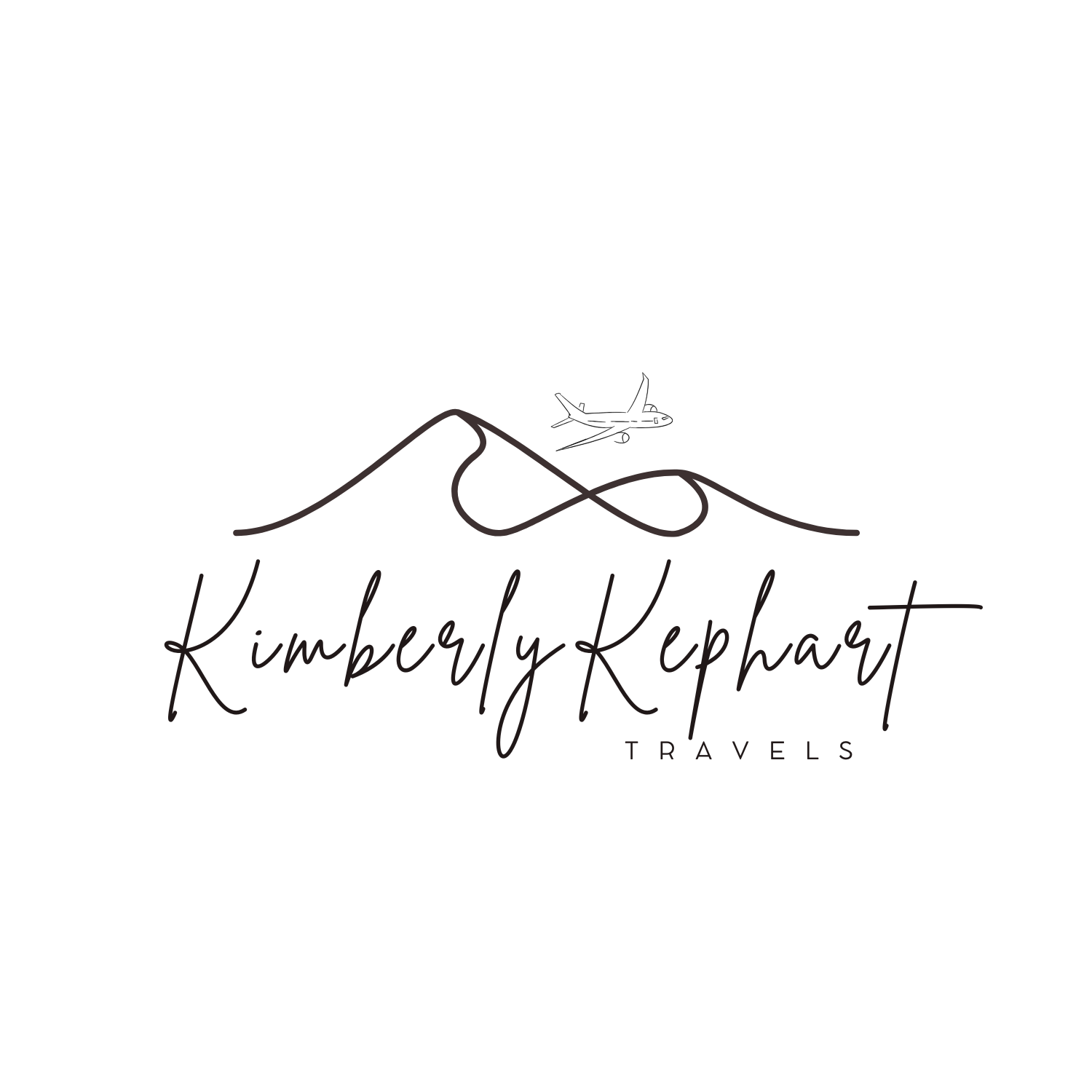
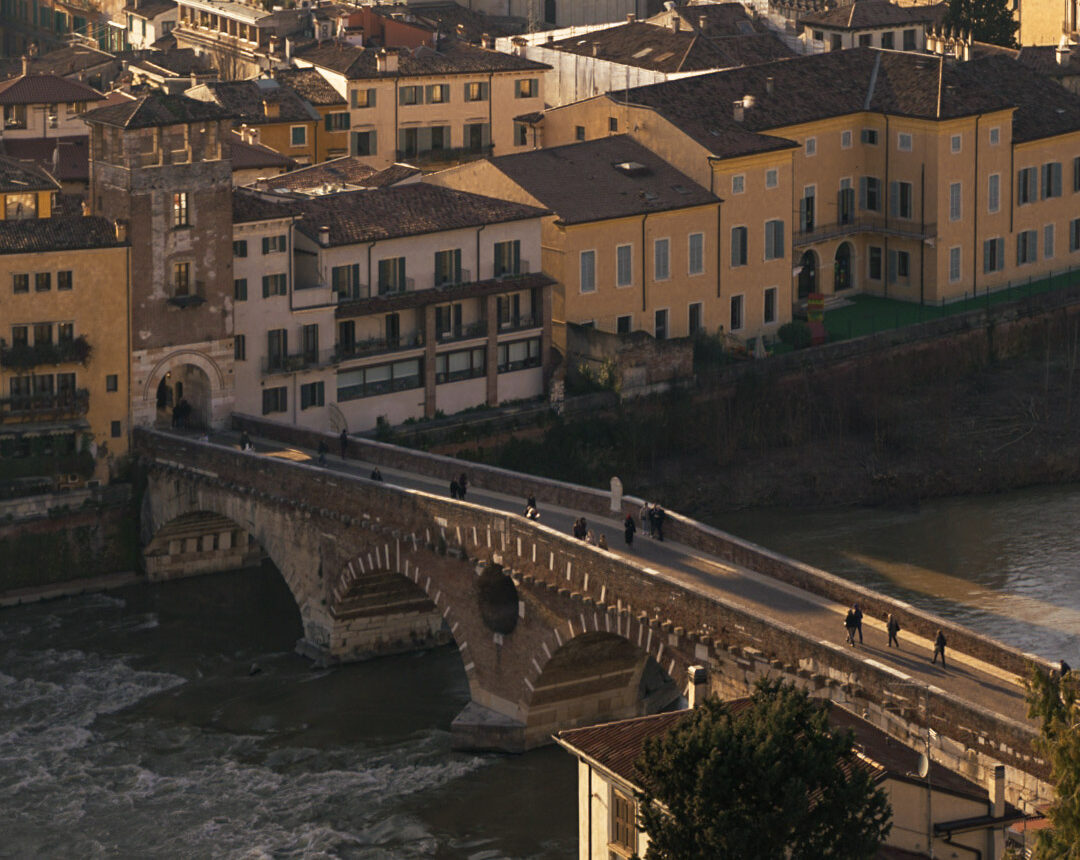
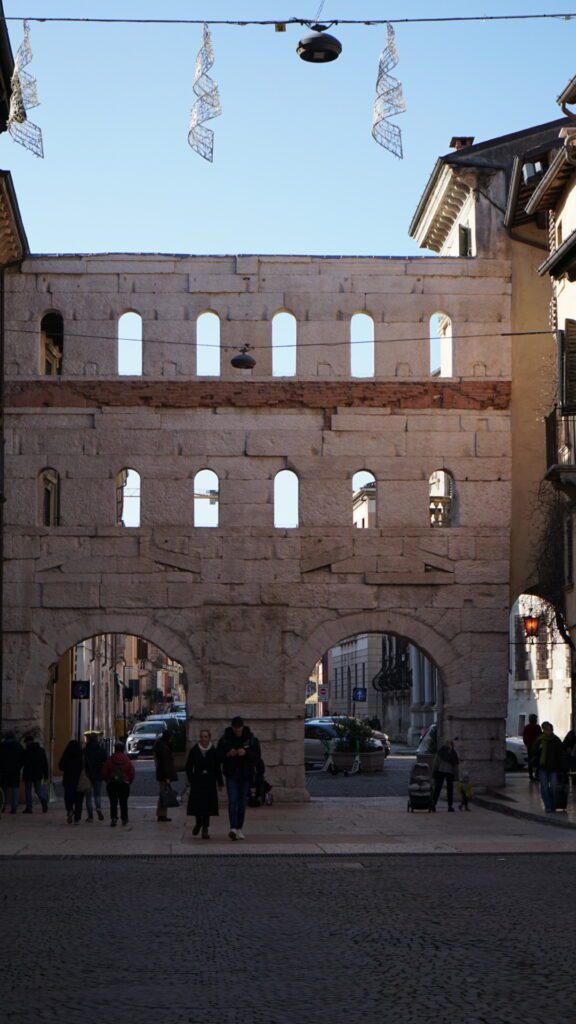
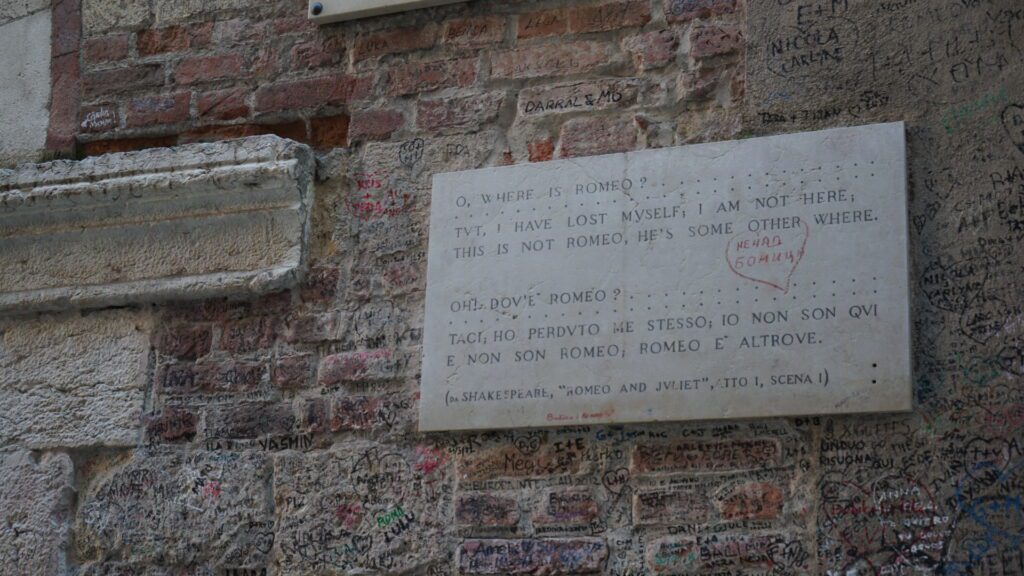
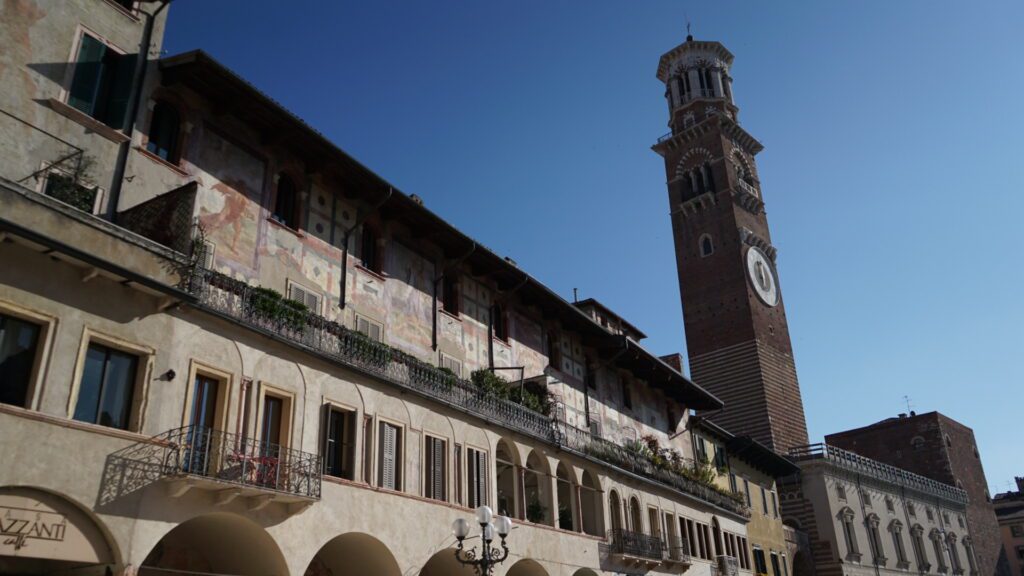
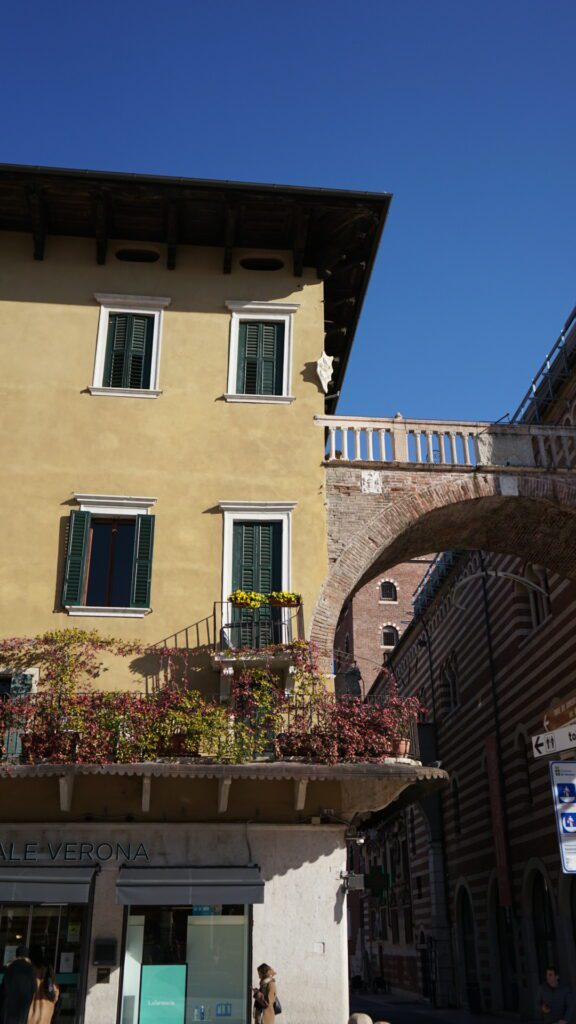
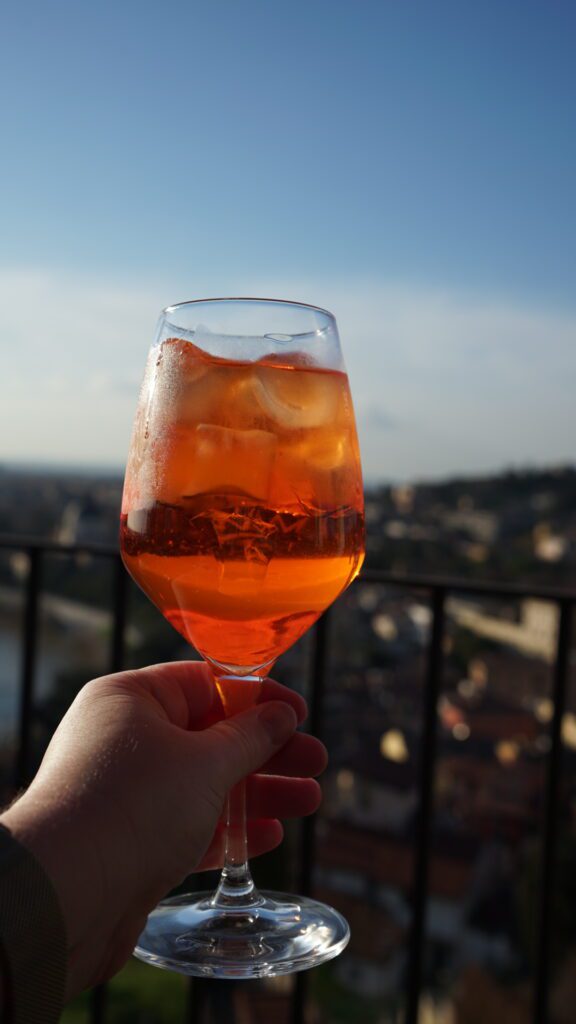

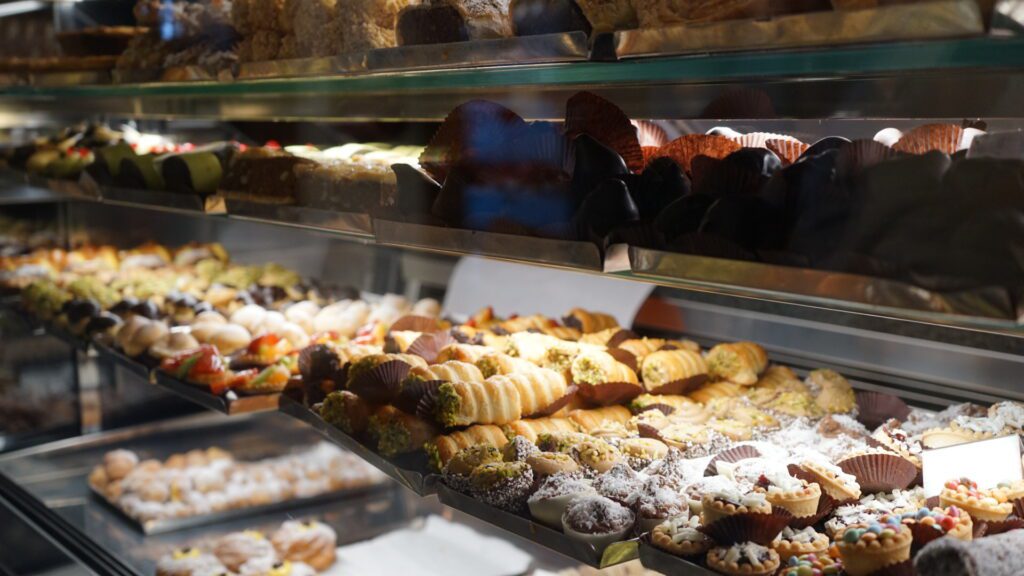
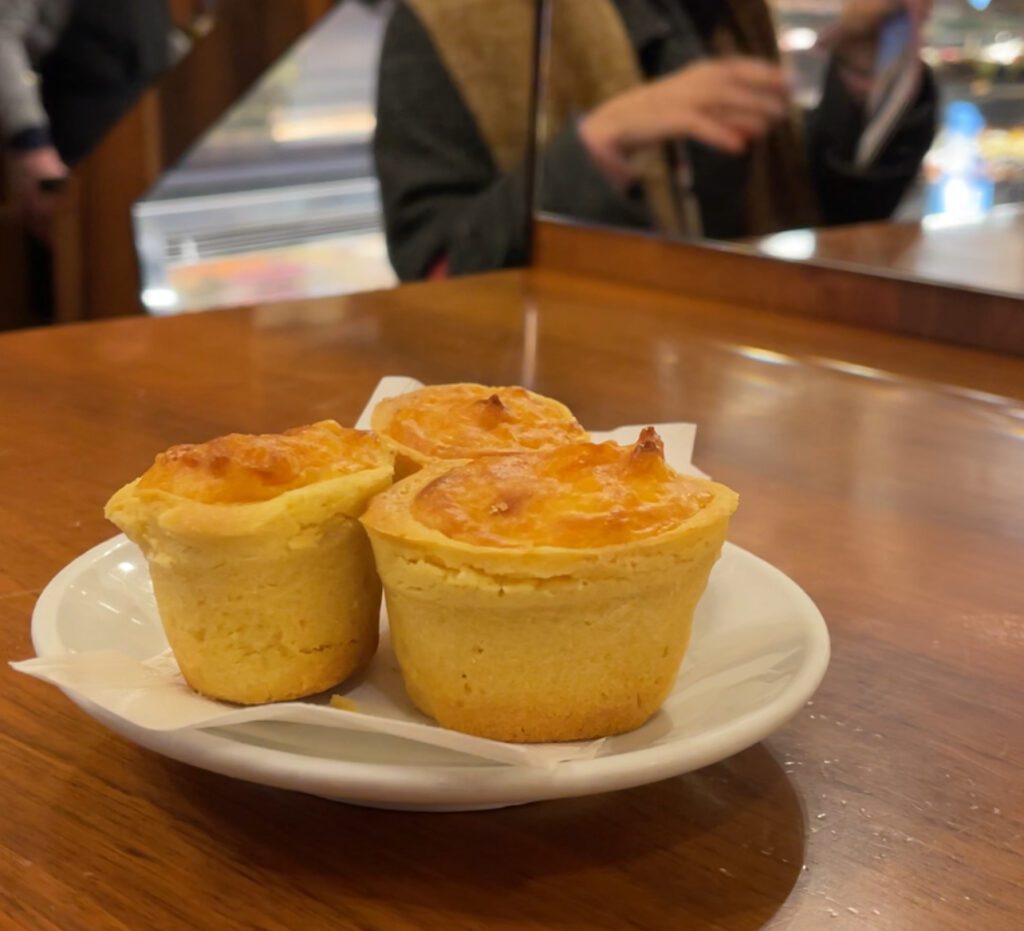
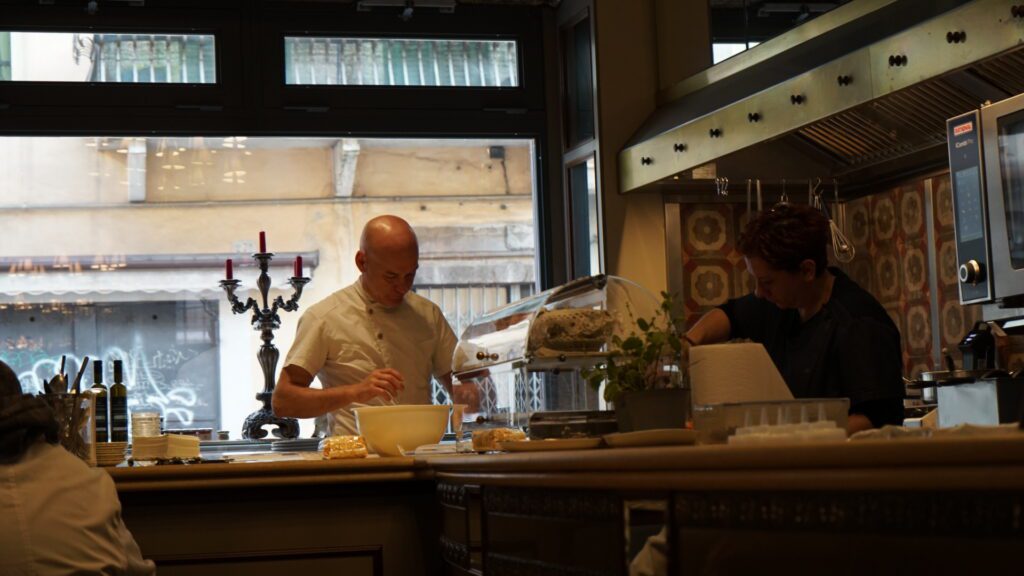

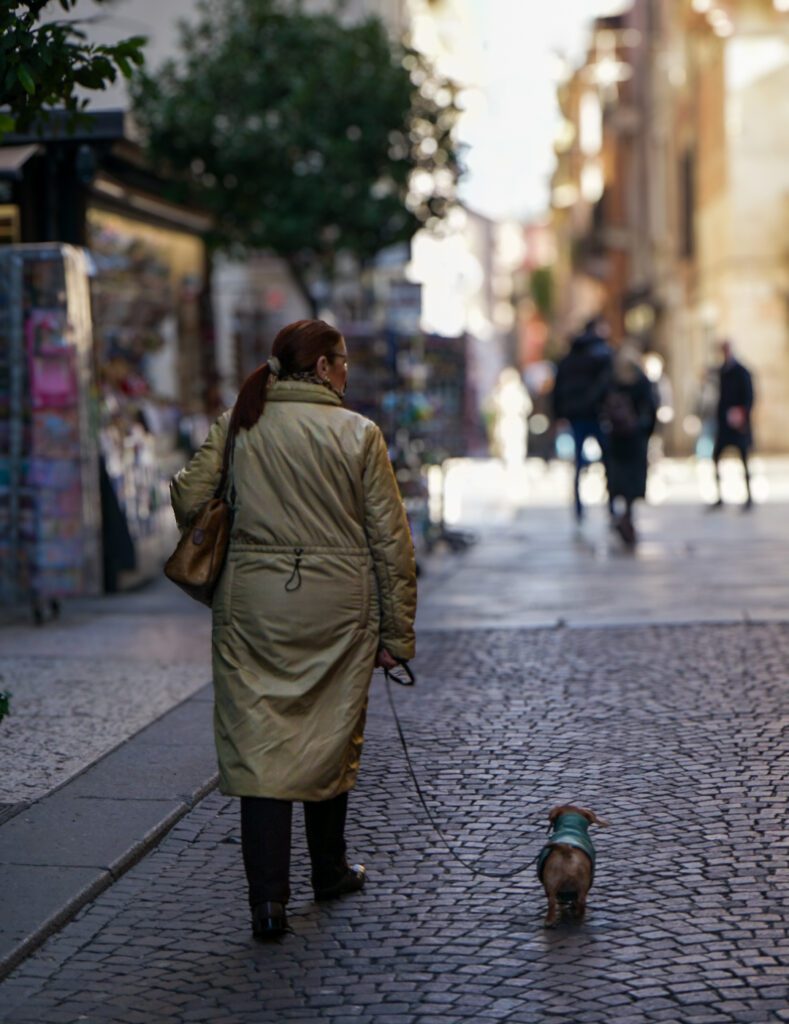
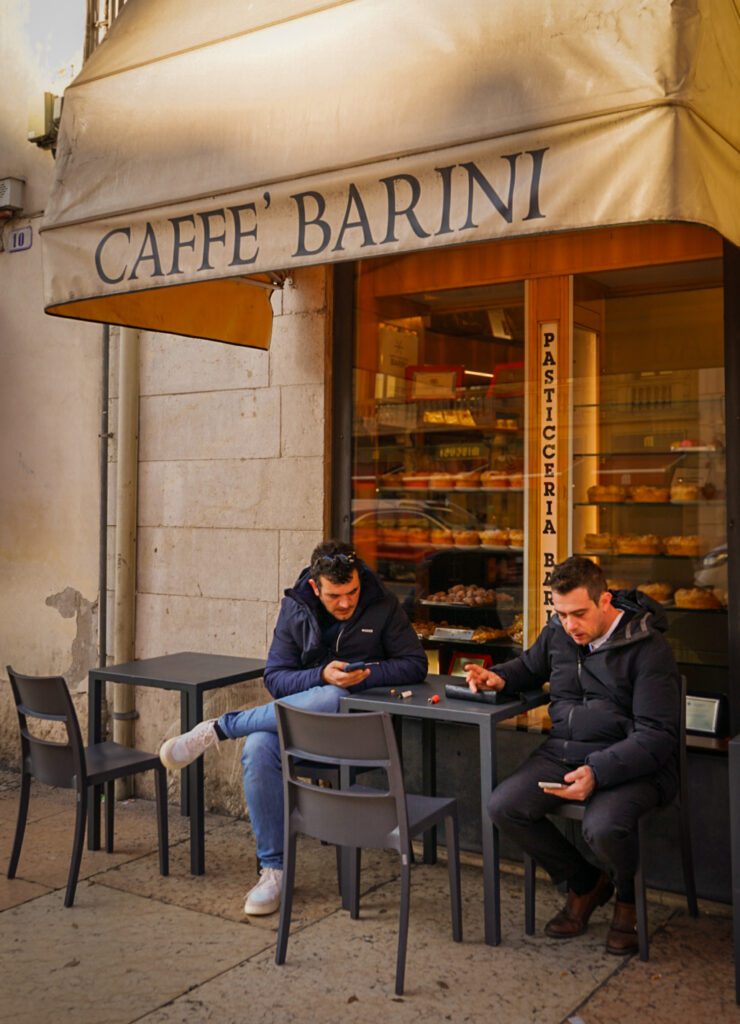
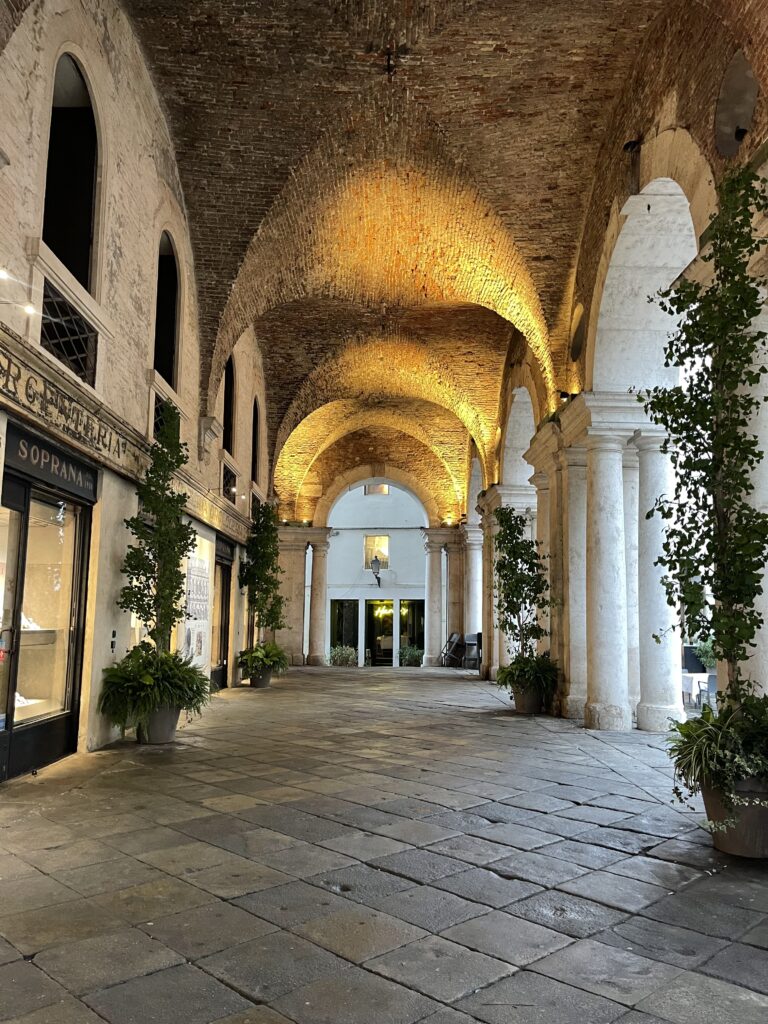
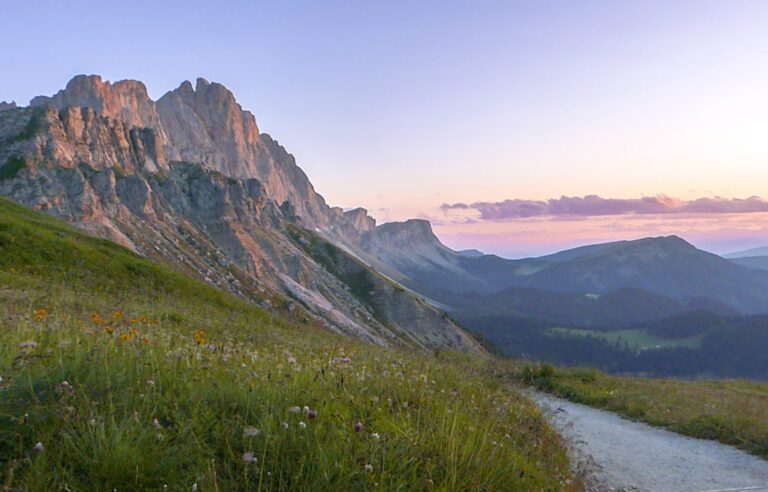


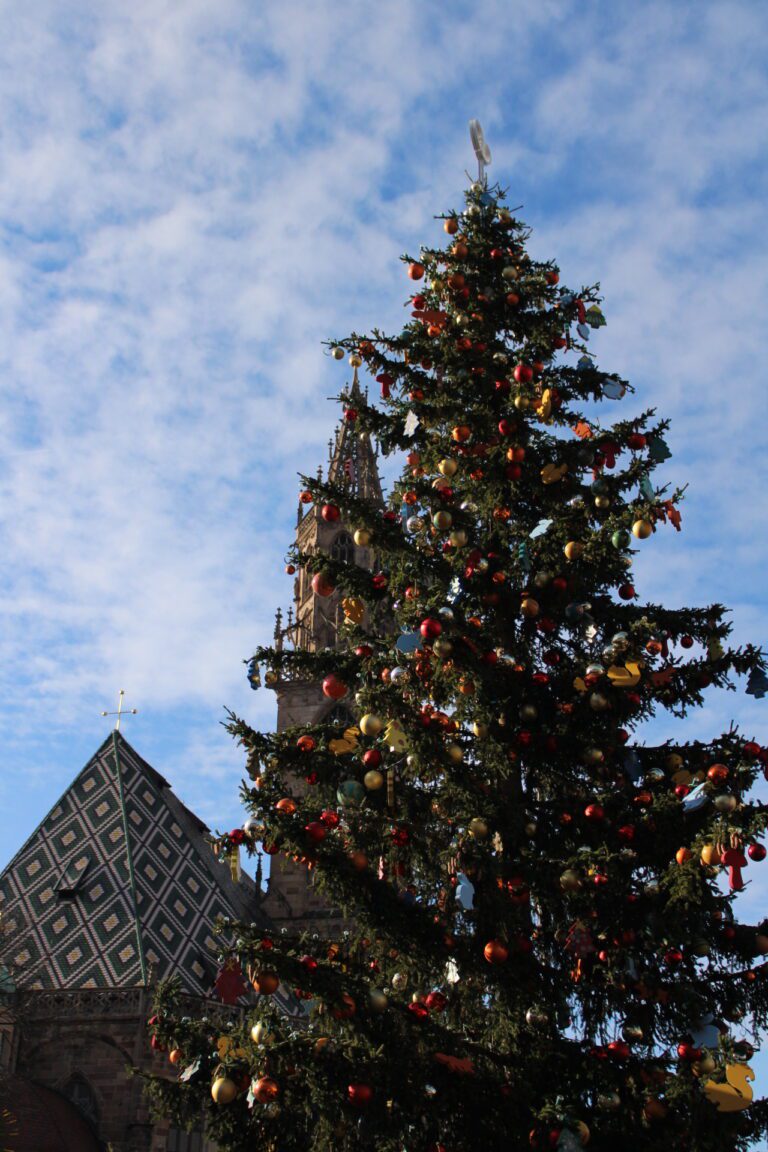

Make a guide for Verona! I’d love to download it!
I plan on it! Thanks for leaving a comment on this!
Are there any great hiking spots around Verona?
Hi Timmothy, there are indeed and I have been meaning to make a post about this but gosh it’s tough when you want to get it right and make sure everything is perfect. I highly recommend downloading Komoot to find trails around Verona, you can go wrong with that! You can also go to the Verona Tourism spots and I think they have pamphelts on walks through hamlets you can do!